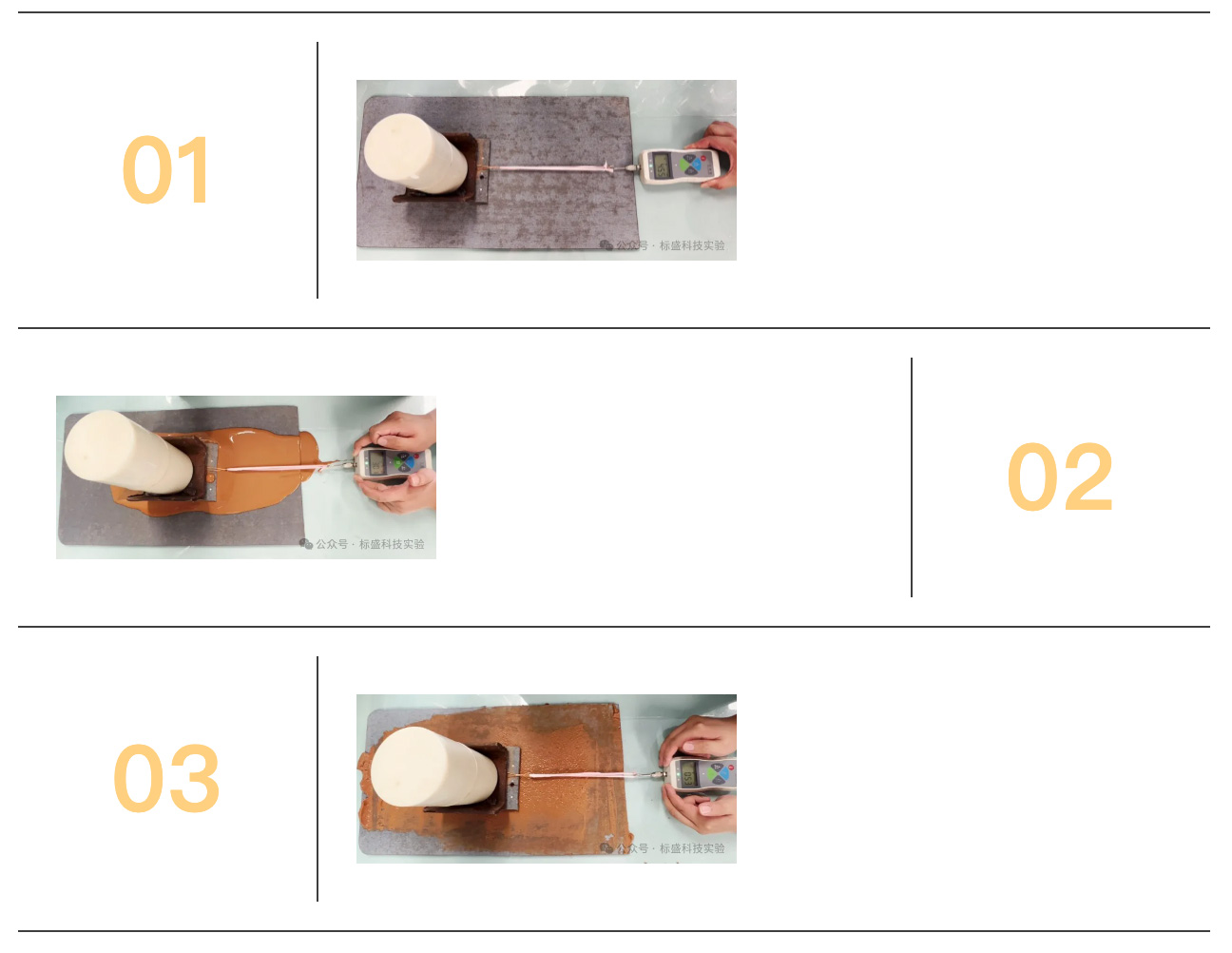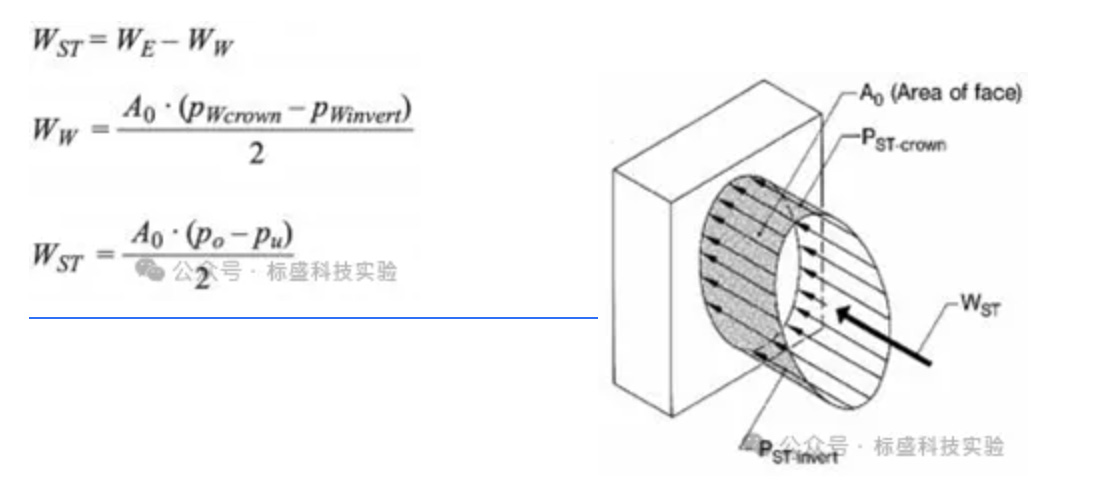Drag reduction measures in the construction of the jelly grout method using incremental launching
Thrust
In the design process of shield tunneling machines, thrust calculation is an extremely important part. If there is insufficient thrust or unforeseeable resistance, it may lead to slow progress of the project, and even require expensive and complex reconstruction work underground. Therefore, it is very important to avoid this situation through careful preliminary calculations, evaluation, and analysis of the experience data of completed projects.
When calculating the thrust of a shield machine, multiple factors need to be considered, including the friction coefficient between the shield shell and different soil types, the resistance of the shield cutterhead, and various external resistances during the forward movement. The frictional force of the shield and the resistance of the cutterhead are the main reactive forces acting on the propulsion cylinder.
Shield friction force
The frictional force of the shield body is one of the main obstacles that the shield machine needs to overcome during its forward movement. The covering layer, buildings, applied radial and horizontal loads, and the self weight of the shield will generate frictional forces around the shield body, which must be overcome by the force of the propulsion cylinder. These frictional forces can be reduced through conical structures, shield tunneling over excavation, or lubrication (such as if frozen slurry).
The surface friction of the shield mainly comes from the friction between the shield and the surrounding soil. The magnitude of frictional force is related to the soil type and geometric parameters of the shield. The formula for calculating the surface frictional force WM of the shield is as follows:

μ is the coefficient of friction, which varies depending on the soil type;
R is the radius of the shield body (m)
L is the length of the shield body (m)
PV is the vertical load (kN/m2)
PH is the horizontal load (kN/m2); ph=pv x K0;
Gs is the self weight of the shield body (kN)
• K0 is the ground pressure coefficient
Comparative experiment
In the following comparative experiment, the frictional force between the iron block and the cement board without lubricating fluid was 4.55 (kgf); After using bentonite suspension, the friction force is 3.01 (kgf); When using jelly slurry, the friction decreases to 0.53 (kgf). Jelly slurry can effectively reduce the friction between the shield and the surrounding soil.

Knife disc resistance
The resistance experienced by the cutterhead is mainly caused by the mud pressure, soil pressure, or air pressure applied to balance the water and soil pressure. The supporting thrust of this part can be expressed as:

• A0 is the supporting surface area (m2)
• Po is the support pressure of the crown of the shield body (kN/m2)
PU is the support pressure at the bottom of the shield body (kN/m2)
Pwcrown, pwinvest is the water pressure (kN/m2) at the crown and bottom of the shield body
WE is soil resistance, approximately equal to soil pressure (kN)
WST is the resistance (kN) experienced by the blade surface.
NEWS TODAY
In addition to the frictional force of the shield body and the resistance of the cutterhead, the shield machine will also be subject to the frictional force of the shield tail brush, the resistance of the tool penetration, the turning resistance, and the traction resistance of the rear matching during the excavation process. In addition, a safety margin needs to be left. When the thrust is found to increase during the propulsion process, the changes in various parameters can be comprehensively judged, the reasons can be identified, and corresponding measures can be taken to ensure the efficiency and safety of tunnel excavation.
